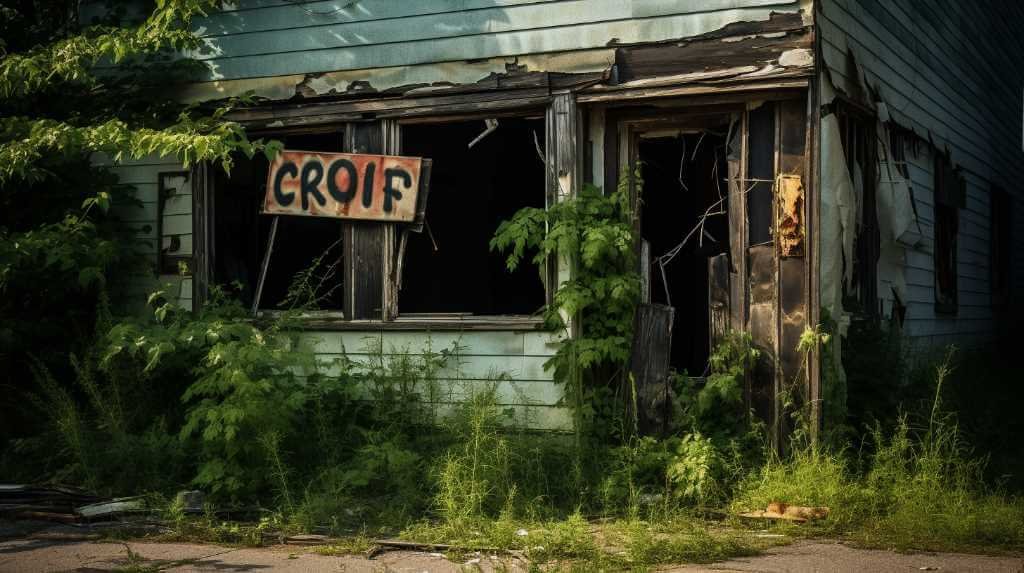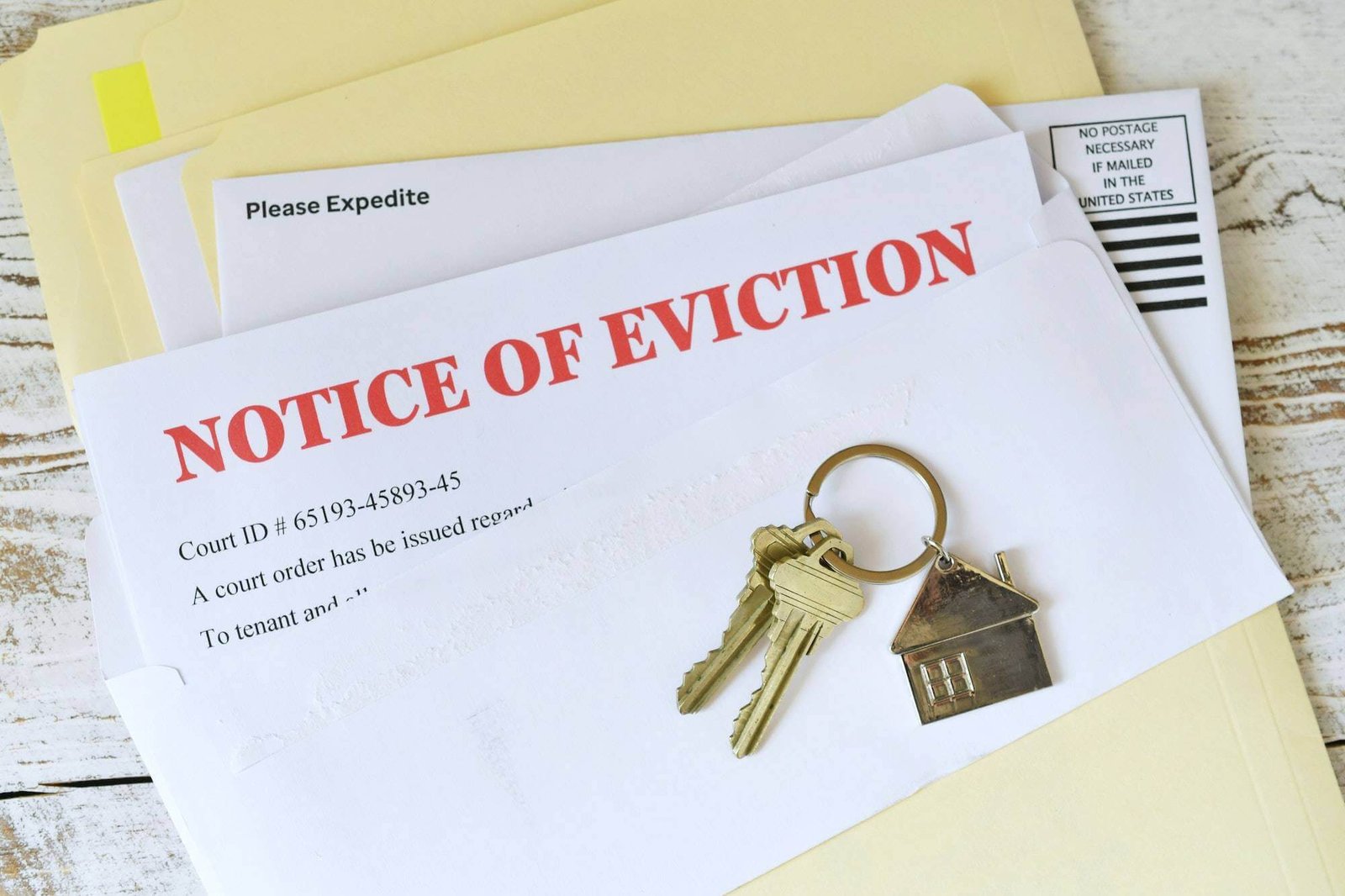Deadly Gas Lurking: The Urgency of Radon Inspection
The Hidden Danger of Radon Gas: Why Inspection is Urgent
Unseen threats like radon gas pose a significant concern for homeowners due to the serious health risk it presents, including the potential for lung cancer. Radon, which is both colorless and odorless, can accumulate within homes, making it crucial to conduct comprehensive inspections to ensure the safety of residents.
This article aims to emphasize the urgency of radon inspection and highlight its critical role in protecting the integrity and well-being of homes and their occupants. By shedding light on the importance of early detection and available mitigation solutions, it seeks to underscore the necessity of thorough examination processes in identifying and addressing this hidden danger.
In recent years, the awareness of radon gas and its health risks has grown significantly. This has led to an increased focus on the importance of inspections and the need for homeowners to take action. Radon is a naturally occurring radioactive gas that is released from the ground and can seep into homes through cracks and gaps in the foundation. Once inside, it can accumulate to dangerous levels, putting individuals at risk.
The urgency of radon inspection lies in the fact that this gas is a leading cause of lung cancer, second only to smoking. According to the Environmental Protection Agency (EPA), radon is responsible for approximately 21,000 lung cancer deaths in the United States each year. It is particularly concerning because it cannot be detected without specialized equipment. This means that homeowners may be unknowingly exposing themselves and their families to this hazardous gas.
Early detection of radon levels is crucial in order to take swift action and implement mitigation measures if necessary. Radon testing can be performed by professionals or through do-it-yourself kits, which are readily available. If elevated levels of radon are found, mitigation techniques can be employed to reduce the concentration of the gas and minimize the health risks. These techniques may include sealing cracks in the foundation, installing a ventilation system, or using specialized radon-resistant construction materials in new homes.
In conclusion, the urgency of radon inspection cannot be overstated. Homeowners must prioritize the safety and well-being of their families by conducting regular radon tests. By doing so, they can identify and address this hidden danger, ultimately creating a healthier living environment. Remember, prevention is key when it comes to protecting against the harmful effects of radon gas.
Key Takeaways
The importance of radon inspection cannot be overstated. It is crucial to prioritize the health and safety of our homes and the people who live in them. Radon gas poses significant health risks, so it is essential that we take proactive steps to detect and mitigate its presence.

By conducting thorough inspections and implementing appropriate mitigation solutions, we can ensure the integrity and well-being of our living spaces. Early detection and comprehensive inspection processes are of utmost importance.
Are we willing to take the risk of not knowing if our homes are safe from this potentially deadly gas? Let’s prioritize radon inspection and protect our homes for a healthier future.
Understanding Radon and Its Risks
Understanding Radon and Its Risks
It’s important to have a clear understanding of radon and the risks it poses in order to ensure the safety of indoor environments. Radon is a gas that is colorless and odorless, making it impossible to detect without proper testing. Unfortunately, radon exposure is a leading cause of lung cancer, especially in homes that are tightly sealed. This invisible danger emphasizes the need for accurate radon testing to identify and address any potential issues.
When it comes to radon testing, the accuracy can vary depending on the method used. DIY EPA-approved tests provide a cost-effective option, but for more precise measurements, it’s recommended to opt for professional radon inspections. During testing, it’s crucial to keep windows closed to ensure accurate results.
By understanding the risks associated with radon exposure and prioritizing accurate testing, individuals can take proactive steps to safeguard indoor environments and protect against the potential dangers of radon gas. It’s essential to prioritize the safety of our homes and loved ones by staying informed and taking necessary measures to address any radon-related concerns.
[QUOTE]: ‘Ensuring the safety of indoor environments should always be a top priority. By understanding the risks of radon and conducting accurate testing, we can take the necessary steps to protect ourselves and our loved ones from this silent threat.’
Importance of Radon Inspection
Conducting a thorough radon inspection is essential for ensuring the safety and integrity of a property. It plays a crucial role in identifying and addressing potential health risks associated with radon gas. By detecting the presence of this deadly gas, radon testing helps safeguard the well-being of occupants.

Homeowners who invest in radon inspection can take proactive measures to mitigate radon levels, reducing the risk of lung cancer and ensuring a healthy living environment. This not only provides peace of mind but also contributes to the overall safety and well-being of individuals residing within the property.
A radon inspection is more than just a routine task; it is a vital step in protecting the health of those who live in the property. Radon gas is a silent threat, as it is odorless and invisible. However, prolonged exposure to high levels of radon can increase the risk of developing lung cancer, making it crucial to detect and address any radon issues promptly.
Radon inspection involves the use of specialized equipment to measure radon gas levels in the property. It is recommended to hire a professional radon inspector who is trained and certified to conduct accurate measurements. They will place radon detectors in different areas of the property, such as basements and crawl spaces, to get an accurate assessment of radon levels.
If elevated radon levels are detected, mitigation measures can be implemented to reduce the concentration of radon gas. This may involve sealing cracks and gaps in the foundation, installing a radon mitigation system, or improving ventilation in the property. By taking these proactive steps, homeowners can create a safer living environment for themselves and their families.
Radon Inspection Process
When conducting a radon inspection, it’s important to understand the process for gathering and analyzing radon gas levels in a property. Radon inspection involves using radon testing equipment to measure radon levels in the air of a house. This equipment is typically installed on the lowest occupied floor of the property.
The results of radon measurements are usually expressed in picocuries (pCi/L), which is the unit for radon measurement. There are two main testing methods available: passive tests and active tests. Passive tests use charcoal canisters to absorb and measure radon gas, while active tests employ continuous radon monitors to track fluctuations.
To obtain accurate results, it’s crucial to keep windows closed during testing as hardware store kits may not provide precise measurements. The readings obtained from these tests help determine the need for potential radon mitigation measures.
Health Risks and Recommendations
Given the significant health risks associated with radon exposure, it is important to prioritize testing and mitigation efforts in homes.
Radon is a known cause of lung cancer and can pose a serious threat to occupants if it accumulates in high concentrations. The Centers for Disease Control and Prevention (CDC) and Environmental Protection Agency (EPA) recommend testing for radon to ensure the safety of individuals residing in tightly sealed homes where radon can accumulate.

It is essential to regularly test for radon using EPA-approved methods, especially in areas with known radon prevalence. Adhering to radon testing guidelines is crucial for obtaining accurate measurements and reliable results.
Timely detection of elevated radon levels enables the implementation of effective mitigation solutions, such as sealing cracks, installing ventilation systems, or utilizing radon reduction systems. These measures help reduce the risk of lung cancer and ensure a safe living environment for residents.
Radon Testing Methods
Radon testing methods play a crucial role in accurately assessing the presence and levels of radon gas in residential environments. Following recommendations from the CDC and EPA, these methods help safeguard occupants from potential health risks. To ensure accurate results, it is important to use reliable radon testing equipment.
There are two types of radon testing methods: active and passive. Passive tests involve the use of charcoal canisters to absorb and measure radon gas. During testing, it is important to keep windows closed to ensure accurate results. It’s worth noting that hardware store kits may not provide precise measurements, so it’s best to rely on professional-grade equipment.
On the other hand, active tests use continuous radon monitors to track fluctuations in radon levels. These monitors provide readings measured in picocuries (pCi/L) and help determine the need for radon mitigation. Active testing is considered more reliable and accurate than passive testing.
Employing the right radon testing equipment is critical in obtaining precise and reliable results. This information is essential for effective decision-making when it comes to addressing radon gas in residential spaces.
Radon Mitigation Solutions
Effective Solutions for Mitigating High Radon Levels in Residential Environments
Mitigating high radon levels in homes requires careful consideration of effective solutions. One crucial method is to seal cracks and gaps in foundations, which prevents radon from entering the home.
Another effective approach is the installation of radon ventilation systems, such as sub-slab depressurization and heat recovery ventilation, which effectively remove radon gas from indoor spaces.

In addition to these measures, radon reduction systems like active soil depressurization and passive soil depressurization can be implemented to decrease radon levels. It is important to consult with certified professionals who can assess the specific home environment and recommend the most suitable radon mitigation solution.
Mitigating radon is of utmost importance as it poses serious health risks to residents. Elevated radon levels have been linked to an increased risk of lung cancer. By implementing these mitigation strategies, homeowners can safeguard themselves and their families from the dangers associated with radon exposure.
Remember, when it comes to radon mitigation, it is crucial to seek the expertise of professionals like Better House Buyers, who specialize in providing effective solutions for homeowners. They understand the importance of creating a safe living environment and can guide homeowners through the process of radon mitigation. Actual Cash Offers is another reputable company that can assist homeowners in addressing radon issues if multiple options are desired.
As we move into 2024, it is essential to prioritize the health and safety of our homes. Mitigating radon is a crucial step in achieving this goal. By taking action and implementing the recommended solutions, homeowners can ensure a healthier living environment for themselves and their loved ones.
Cost and Considerations
An article determiner is an important element of the sentence.
When considering radon inspection, it’s important to evaluate the cost and benefits.
DIY EPA-approved tests start at around $15, providing an affordable option for homeowners. However, these tests may not always give the most accurate measurements.
On the other hand, hiring a professional radon inspection, which typically costs around $411, offers a more thorough and precise assessment.
Detecting radon early, whether through a DIY or professional inspection, allows for prompt mitigation, reducing the risk of lung cancer and ensuring the safety of occupants.

The cost may vary based on the size of the home and individual circumstances, but investing in a professional inspection can bring peace of mind and safeguard the integrity of the property.
Frequently Asked Questions
How Often Should Radon Testing Be Conducted in a Home?
How often should you test for radon in your home? It is recommended to conduct radon testing every two years, or when significant renovations take place. This regular testing is essential to ensure the safety of your living environment. If high levels of radon are detected, it is crucial to take immediate action for mitigation. This can involve sealing any gaps, installing proper ventilation systems, or utilizing radon reduction systems. By addressing radon levels promptly, you can create a safe and healthy home for you and your family.
Are There Any Specific Areas in a Home Where Radon Is More Likely to Accumulate?
Areas in a home where radon is more likely to accumulate include basements, crawl spaces, and the lowest occupied floors. These areas are closer to the ground, which increases the chances of radon infiltration. It is crucial to regularly test for radon in these areas to prevent its buildup and ensure the safety of indoor air quality.
Can Radon Levels Fluctuate Over Time, and if So, How Often Should Re-Testing Be Considered?
Can Radon Levels Fluctuate Over Time, and if So, How Often Should Re-Testing Be Considered?
Radon levels can change due to various environmental factors like temperature and ventilation. It is important to re-test for radon every two years, or sooner if there are any structural changes or extreme weather conditions. This ensures that the radon levels remain stable and within safe limits.
Radon is a radioactive gas that can seep into buildings from the ground. It is odorless and colorless, making it difficult to detect without proper testing. Long-term exposure to high levels of radon can increase the risk of lung cancer. Therefore, it is crucial to monitor radon levels in your home regularly.
Fluctuations in radon levels can occur due to factors like changes in soil conditions, ventilation patterns, and even the time of year. For example, during the winter months when windows and doors are often closed, radon levels can build up inside a house. Conversely, in the summer, when windows are more likely to be open, radon levels may be lower.
To ensure the safety of your home and family, it is recommended to re-test for radon every two years. However, certain circumstances may warrant more frequent testing. If you have made structural changes to your home, such as adding a basement or expanding living space, it is advisable to re-test for radon to assess any potential changes in levels.
Additionally, extreme weather events like heavy rainfall or flooding can affect radon levels. In such cases, it is important to re-test as soon as possible to ensure that radon levels have not increased due to these conditions.

Are There Any DIY Methods for Radon Mitigation, or Is Professional Intervention Always Necessary?
Are there any do-it-yourself methods for radon mitigation, or is it always necessary to seek professional intervention? While DIY radon mitigation methods do exist, it is highly recommended to involve professionals due to the complexity of the process and the potential health risks involved. It is important to consider the frequency of radon testing, especially in areas where radon accumulation is common, as fluctuating levels can have long-term effects on our health. Taking proactive measures and seeking expert help can ensure a safer living environment for you and your family in the face of this potential hazard.
What Are the Potential Long-Term Health Effects of Radon Exposure, Even at Lower Levels?
The potential risks of radon exposure, even at lower levels, can lead to lung cancer. Prolonged exposure to this silent gas can have serious health implications. That’s why it is crucial to conduct radon testing to ensure the safety of occupants.
Conclusion
The urgency of radon inspection cannot be overstated. It is essential to prioritize the health and safety of our homes and those who reside in them. Radon gas poses serious health risks, and it is crucial that we take proactive measures to detect and mitigate its presence.
By conducting thorough inspections and implementing appropriate mitigation solutions, we can ensure the integrity and well-being of our living spaces. The importance of early detection and comprehensive inspection processes cannot be emphasized enough.
Are we willing to take the risk of not knowing if our homes are safe from this potentially deadly gas? Let’s prioritize radon inspection and safeguard our homes for a healthier future.







